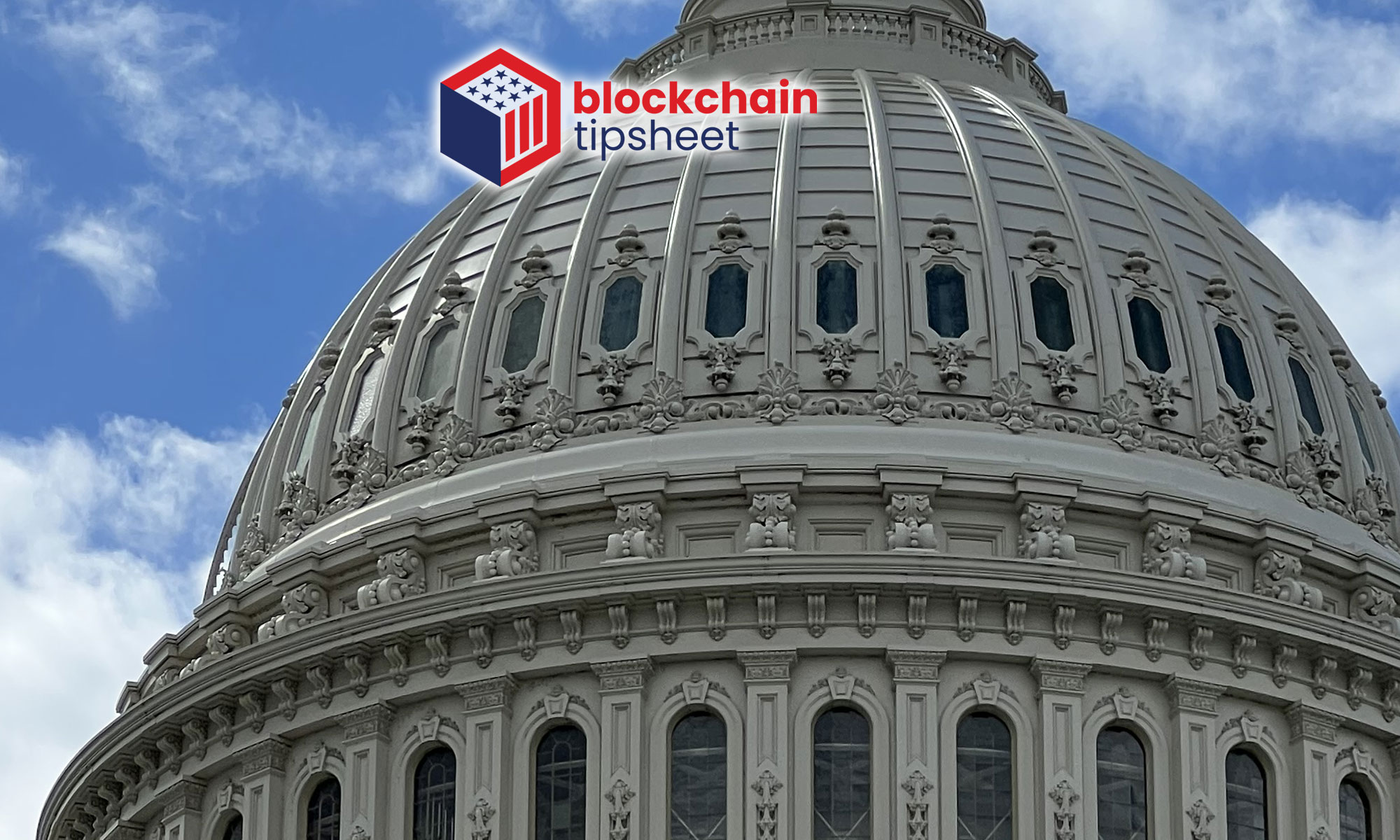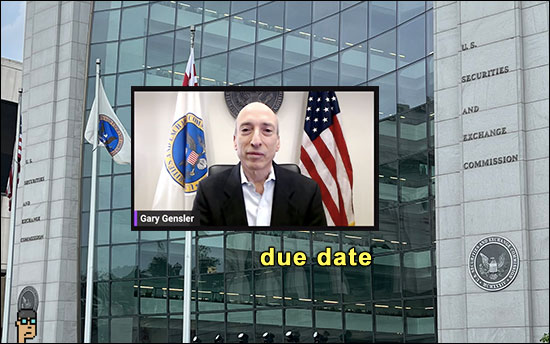Here’s today’s blockchain tipsheet… prefer it by email? Sign up here.
due date – SBF comms
Due no later than 5 p.m. today, the Securities and Exchange Commission has been asked to deliver all of its communications about Sam Bankman’ Fried (SBF) from November 2, 2022 to February 9, 2023. The request was made by letter two weeks ago by House Financial Services Chair Rep. Patrick McHenry (R, NC) and Subcommittee on Oversight and Investigations Chair Rep. Bill Huizenga (R, MI).
Republicans are hoping to unlock manipulative malfeasance at the SEC run by its Democratic Chair Gary Gensler. Specifically, why SBF was arrested the day before he was scheduled to appear in front of the House Financial Services Committee then chaired by Rep. Maxine Waters (D, CA).
Tip: Read yesterday’s “Can Gary Gensler Survive Crypto Winter? D.C.’s top financial cop on Bankman-Fried blowback” from New York Magazine
due date – will it happen
Will the SEC deliver as partisanship gets amplified in the crypto capital? It seems unlikely given the partisanship involved here, but this will be yet another sticking point to be addressed when SEC Chair Gary Gensler finally visits the Hill again… in September? … sooner?
Congress is back in session next week (see calendar) – there will be more tweets at a minimum.
bank regulators – crypto risks
The Federal Reserve, Federal Deposit Insurance Corporation (FDIC), and the Office of the Comptroller of the Currency (OCC) issued another joint statement yesterday on what it said was “the liquidity risks presented by certain sources of funding from crypto-asset -related entities.” Read:
This bank warning isn’t the broad-based condemnation on crypto from their Jan. 3 statement, but in regards to the fiat currency used to buy, sell or back crypto. The fiat currency sources mentioned are:
-
- Crypto customer deposits – In other words, banks may have dollars deposited from customer deposits in the bank, but those deposits could be rapidly removed as customers buy and sell crypto with fiat currency.
- Stablecoin reserves which are subject to volatility so, “Banks, be careful.”
bank regulators – Choke Point 2.0
The bank regulators appear to try and dispel rumors that another Choke Point-type operation is underway by the Feds within the crypto sector:
“Banking organizations are neither prohibited nor discouraged from providing banking services to customers of any specific class or type, as permitted by law or regulation.” (h/t Alexander Grieve on Twitter)
Senator Bill Hagerty(R, TN) tweeted last week, “Make no mistake, this Operation Chokepoint 2.0 is an extreme overreach from the banking regulators, and they should expect to hear from Congress soon.”
global regulations – IMF framework
At the same time as the Fed/OCC/FDIC announcement – coincidence? – the International Monetary Fund (IMF), which is based in Washington, D.C., has identified 9 new crypto asset policies that can “help members develop a comprehensive, consistent, and coordinated policy response” as crypto exchanges and other “actors” have failed.
Fiat currency supremacy is front and center as the recommendations begin with: “Safeguard monetary sovereignty and stability by strengthening monetary policy frameworks and do not grant crypto assets official currency or legal tender status.” Flying in the face of the IMF, El Salvador, for example, has been granted legal tender status as of 2021.
Read all the IMF recommedations.
See also:
-
- Some key elements of crypto regulation – IMF, December 2022
- Regulating the Crypto Ecosystem – The Case of Unbacked Crypto Assets – IMF, September 2022
Tip: What is the IMF
global regulations – payments
The international banking standards body, Bank for International Settlements (BIS), came out with a request-for-stakeholders as it seeks to create a task force to improve cross-border payments. “The task force will work on the extension of access to and operating hours of payment systems as well as their interlinking across borders,” said the release. Yesteday, BIS General Manager Agustín Carstens came out in favor of CBDCs but not stablecoins.
new product – onchain is the next online
Crypto exchange Coinbase announced Base yesterday. A company blog post read: “Our goal with Base is to make onchain the next online and onboard 1B+ users into the crypto economy. In pursuit of this goal, Base will serve as both a home for Coinbase’s onchain products and an open ecosystem where anyone can build.”
CEO Brian Armstrong reiterated in a Twitter thread about the new Ethereum-based product, “Base is a platform for developers to build the next generation of decentralized apps (like games, lending, dexs) in the cryptoeconomy. It is designed as a secure, low-cost, developer-friendly platform that enables anyone, anywhere, to build.” Refuting rumors, the company also said there will be no token issued.
Tip: What is Layer 2?
new product – embedded wallets
Today’s crypto software (Metamask and the like) and hardware wallet (Ledger and the like) are wonky – at best – when it comes to facilitating buying and selling cryptocurrency and digital assets. On Privy’s company blog, they state the opportunity, “For web3 to go mainstream, we must make it easy to bake self-custody into products: web2-caliber UX with web3 ownership and consent.” Privy’s solution is something called “embedded wallets.” By installing the Privy “embedded wallet” solution, the company believes its API-solution of sorts can enable self custody and interoperability in addition to being “native” to a developer’s Web3 app. Read more.
Tip: What is a Wallet (in crypto)?
You want more
-
- SEC Is Not the Right Regulator for Stablecoins, Circle CEO Says – Bloomberg
- DeFi vs. the regulators, by the numbers – Politico
- Mastercard to allow crypto payments in Web3 via USDC settlements – CoinTelegraph
- Federal Prosecutors Bring More Criminal Charges Against Sam Bankman-Fried – The Wall Street Journal
- Amicus brief in SEC v Wahi – Digital Chamber of Commerce
- Binance Australia closes some derivative trading accounts of wholesale investors – The Block
- SEC Objects to Binance.US’ $1B Voyager Deal, Alleging Sale of Unregistered Securities – CoinDesk
- Federal Reserve Board announces it has denied the request by Custodia Bank, Inc., for reconsideration… – U.S. Federal Reserve Board
If you would like this delivered as a newsletter, please sign up here.

